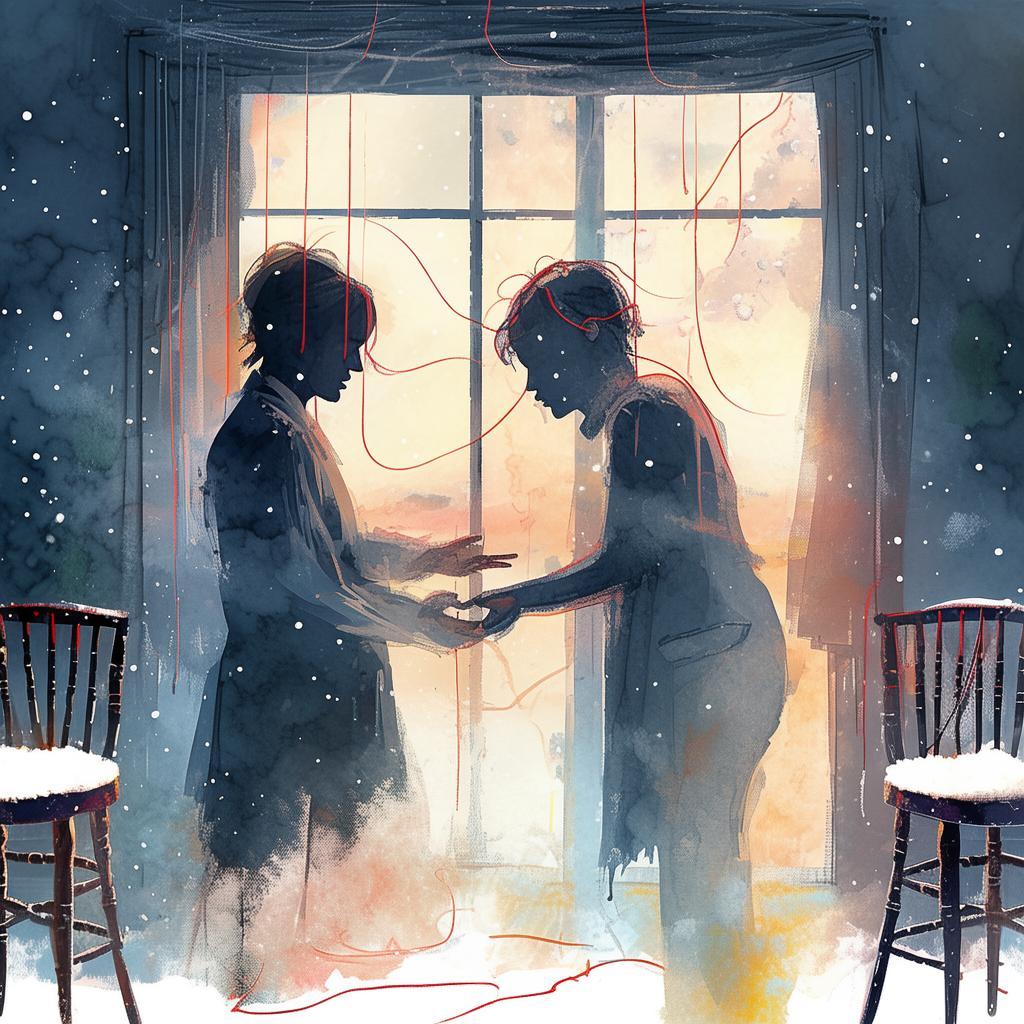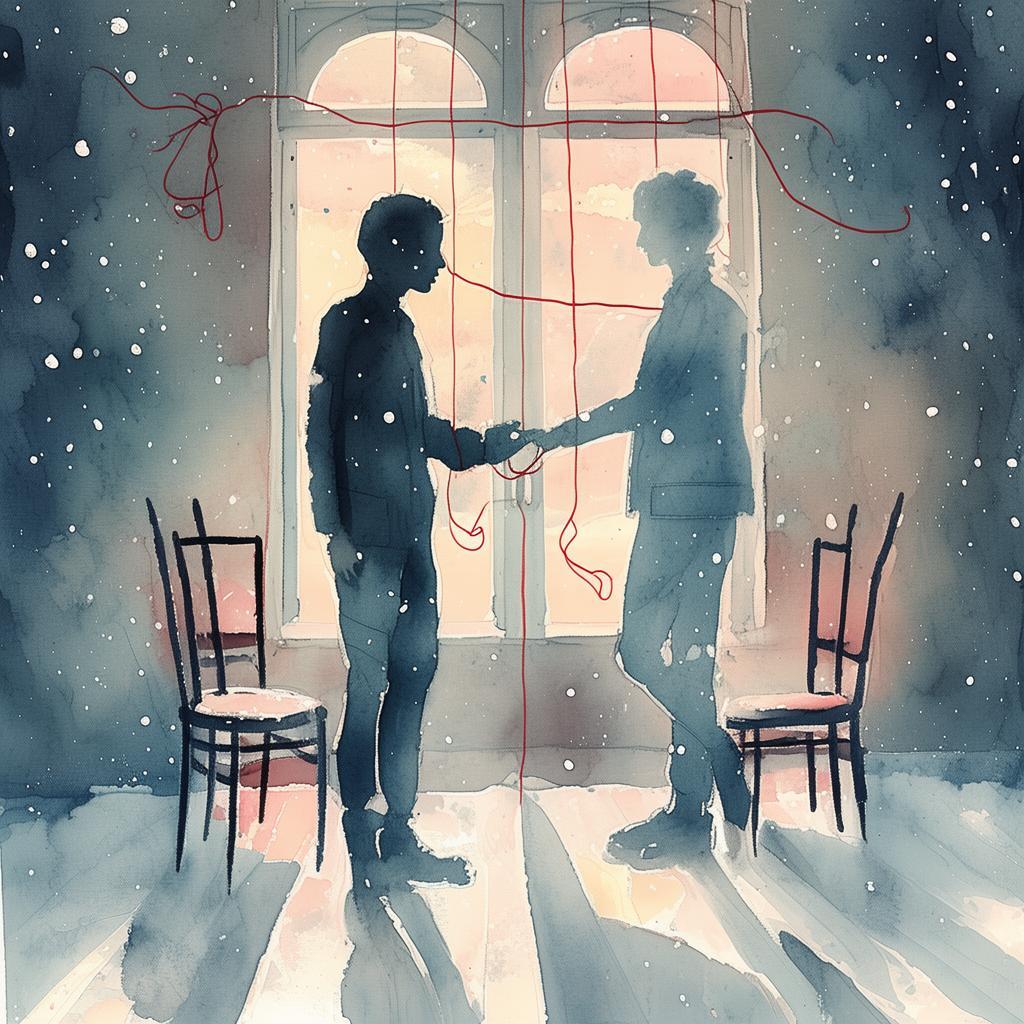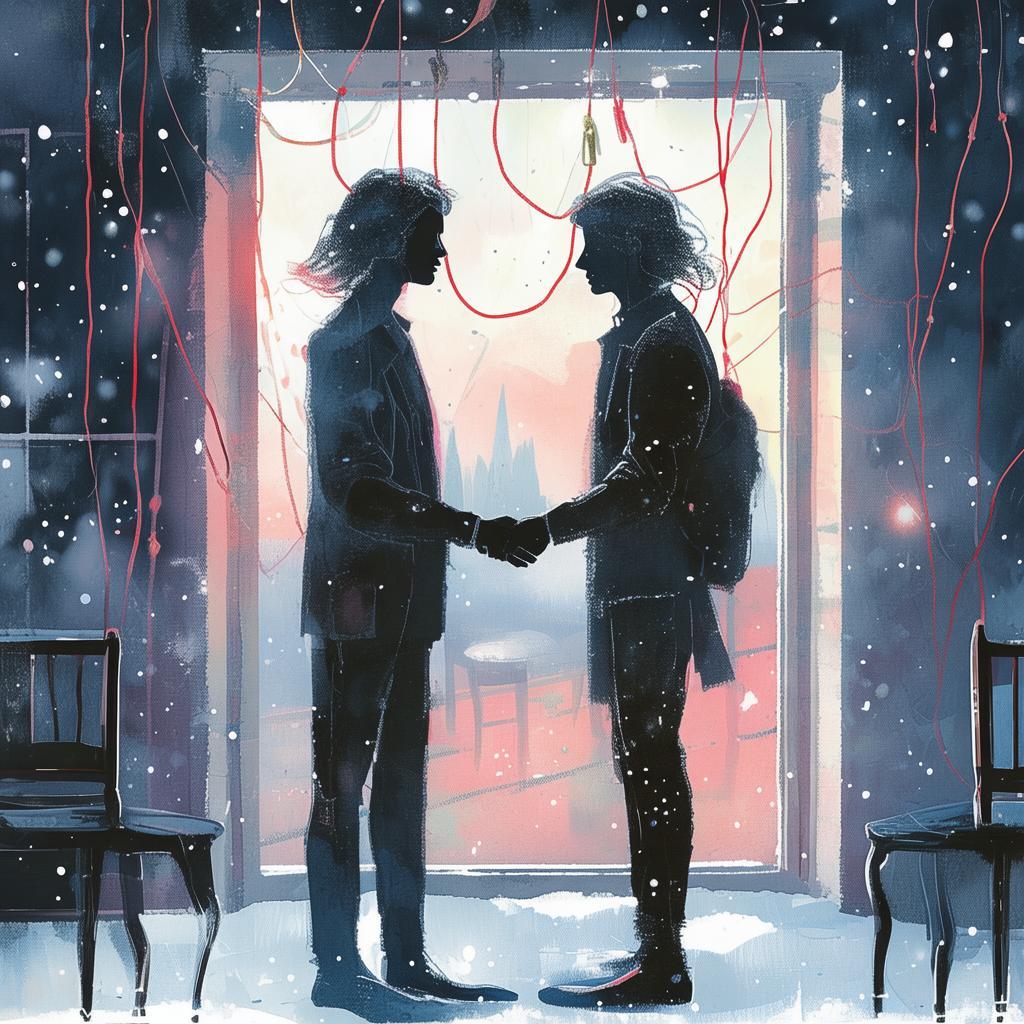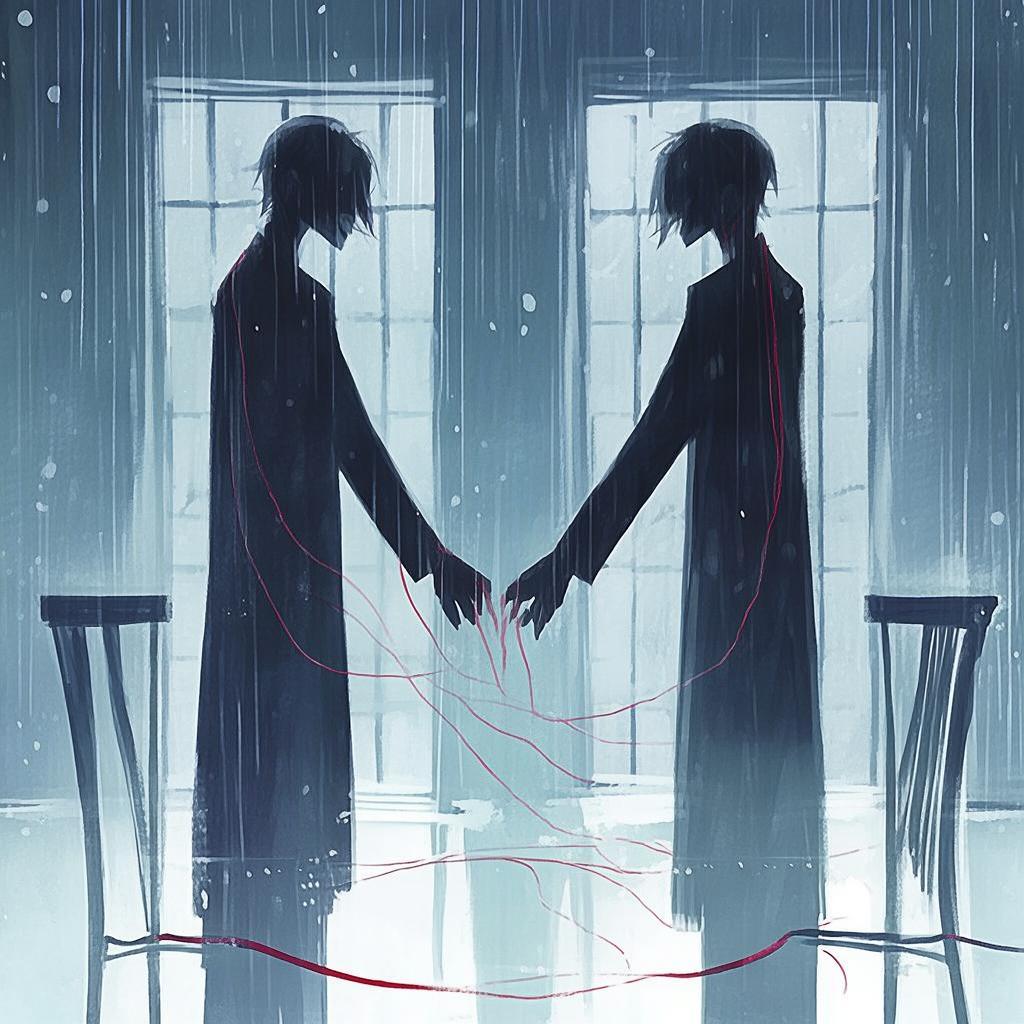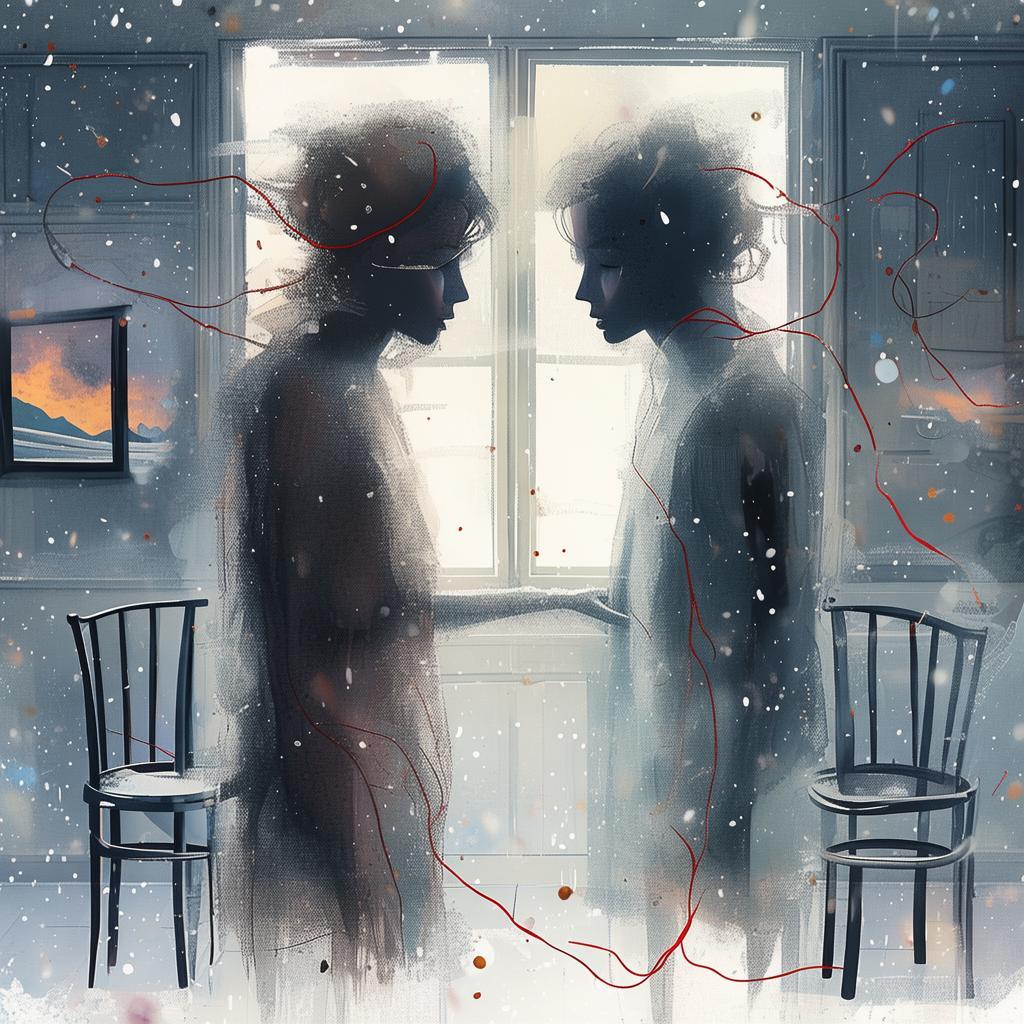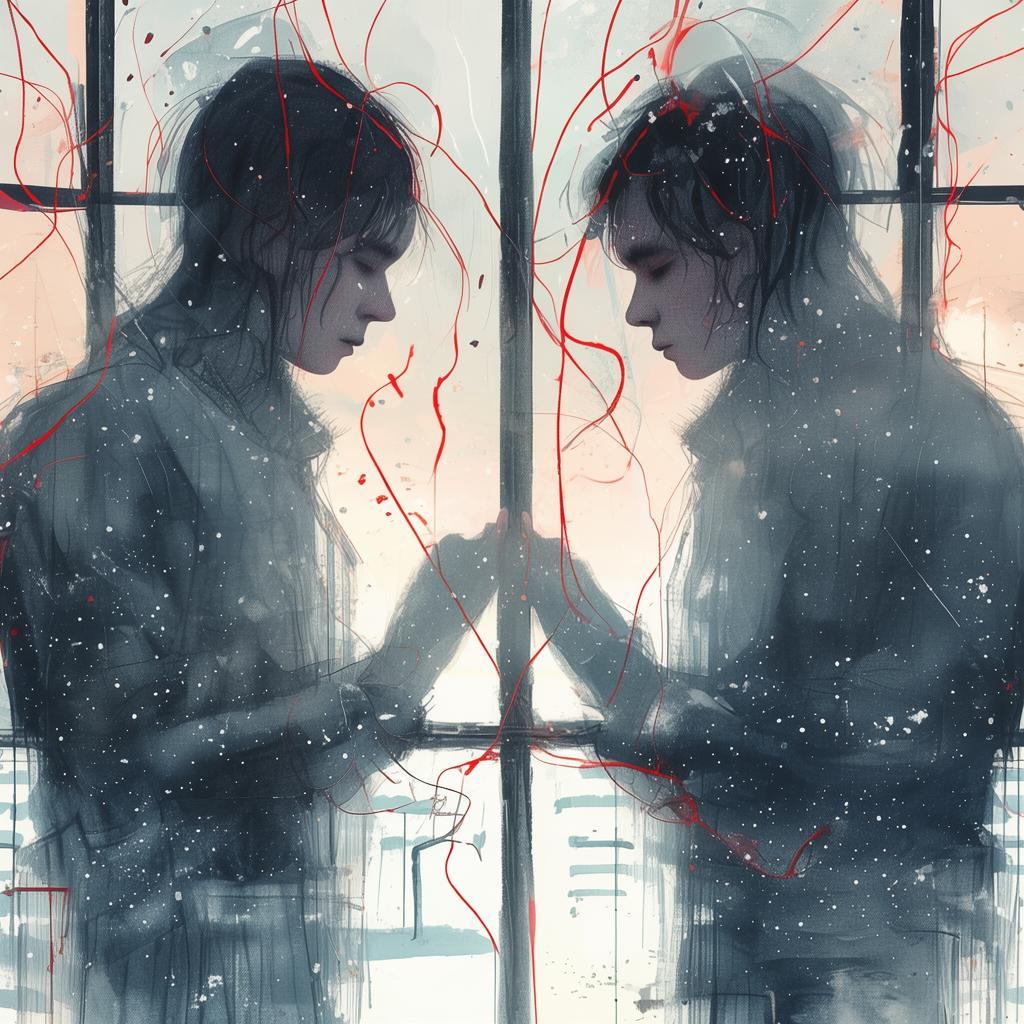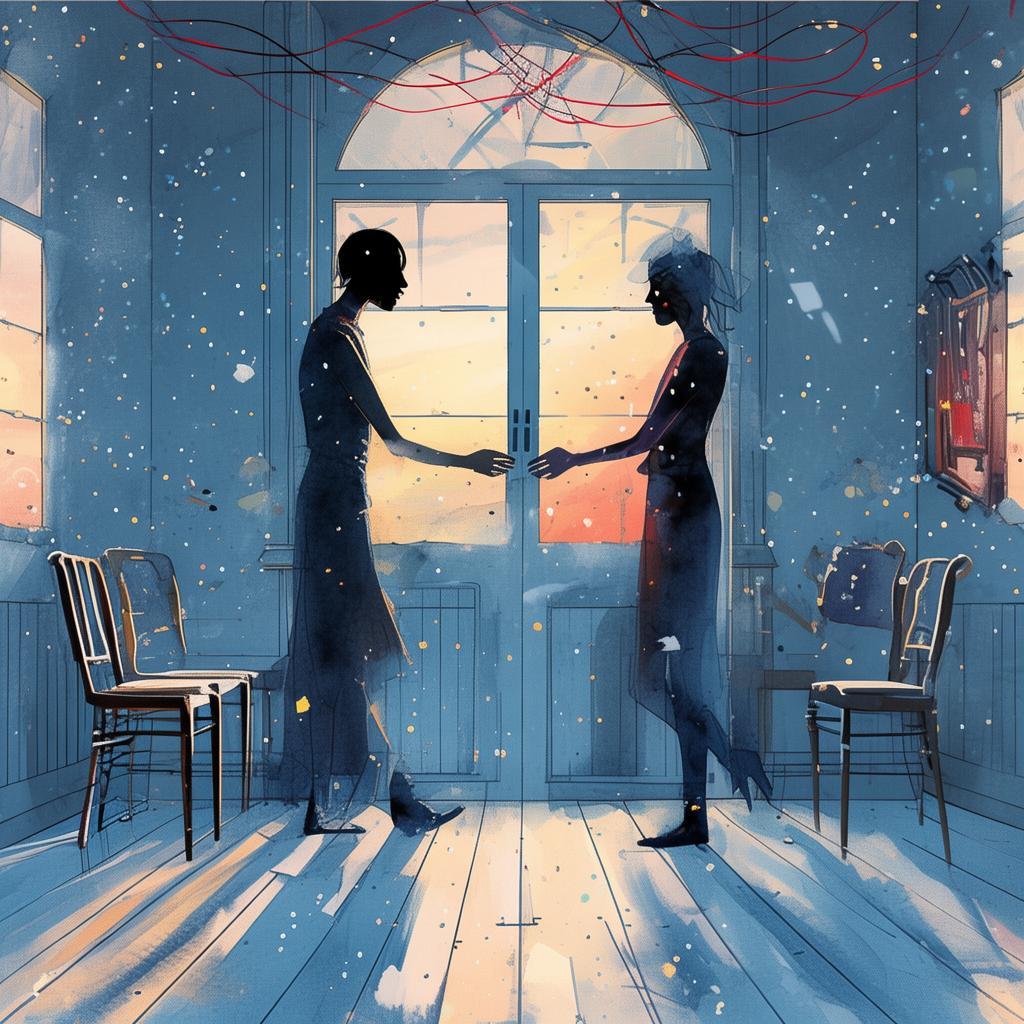The Baroque Baron's Sinful Symphony: A Gothic Gentleman's Enigmatic Lament
In the heart of an ancient city shrouded in mist and mystery, there stood an estate known as the Baroque Baron's Manor. The manor was a masterpiece of the baroque era, its walls adorned with intricate carvings and its halls echoing with the distant sound of a symphony. But the music was not played by human hands; it was a symphony of desires and sins, the haunting melodies of a harem that would never be heard in the light of day.
The baron, a man of refined tastes and darker secrets, was a patron of the arts, a lover of beauty, and a hunter of souls. His harem, a collection of women from all walks of life, was a testament to his power and his appetites. Yet, as the years passed, the baron grew weary of the constant pursuit of pleasure and the hollow satisfaction it brought him. He sought something more, something that could fill the void within his soul.
Enter the enigmatic artist, a wanderer with a past as shadowed as the manor itself. His name was not known to many, but his art was a whisper that echoed through the halls of the manor, a symphony of sin and desire. His paintings spoke of forbidden love and the dark allure of the unknown, capturing the baron's attention and imagination.
The baron, intrigued by the artist's talent and the mystery that surrounded him, invited him into his harem. The artist, however, was not one to be easily enticed. He was a man of passion and principle, his heart as guarded as his past. He saw the harem for what it was—a place of despair and a breeding ground for the baron's darkest desires.
But as the artist's presence in the harem grew, so too did the whispers of a haunting. The women of the harem spoke of a ghostly presence, a spirit that walked the halls and sang a symphony of sorrow. Some said it was the baron's first love, a woman who had been betrayed and driven to madness. Others claimed it was the spirit of a harem girl who had been forced to submit to the baron's whims and had met a tragic end.
The artist, drawn to the haunting melodies, began to paint the stories of the harem, capturing the essence of their despair in his brushstrokes. He saw the baron's pain, the emptiness that drove him to seek solace in the arms of countless women. He saw the harem girls, their souls trapped within their bodies, their voices silenced by the baron's demands.
As the artist's paintings began to stir the harem, a strange connection formed between him and the baron. The baron, who had once sought to control every aspect of his life, found himself drawn to the artist's freedom and his ability to see beyond the veil of his own desires. He began to question the life he had chosen, the path that had led him to the manor and the harem.
The climax of their story came when the artist's final painting was unveiled. It was a portrait of the baron, standing before a window, his eyes reflecting the haunting melodies that had become his own. The painting spoke of a man torn between his past and his future, his desires and his duty.
The harem girls, moved by the artist's work, found the strength to speak their truth. They revealed the baron's secrets, the betrayals and the pain that had driven him to seek solace in their company. The baron, confronted with the truth of his life, realized the error of his ways.
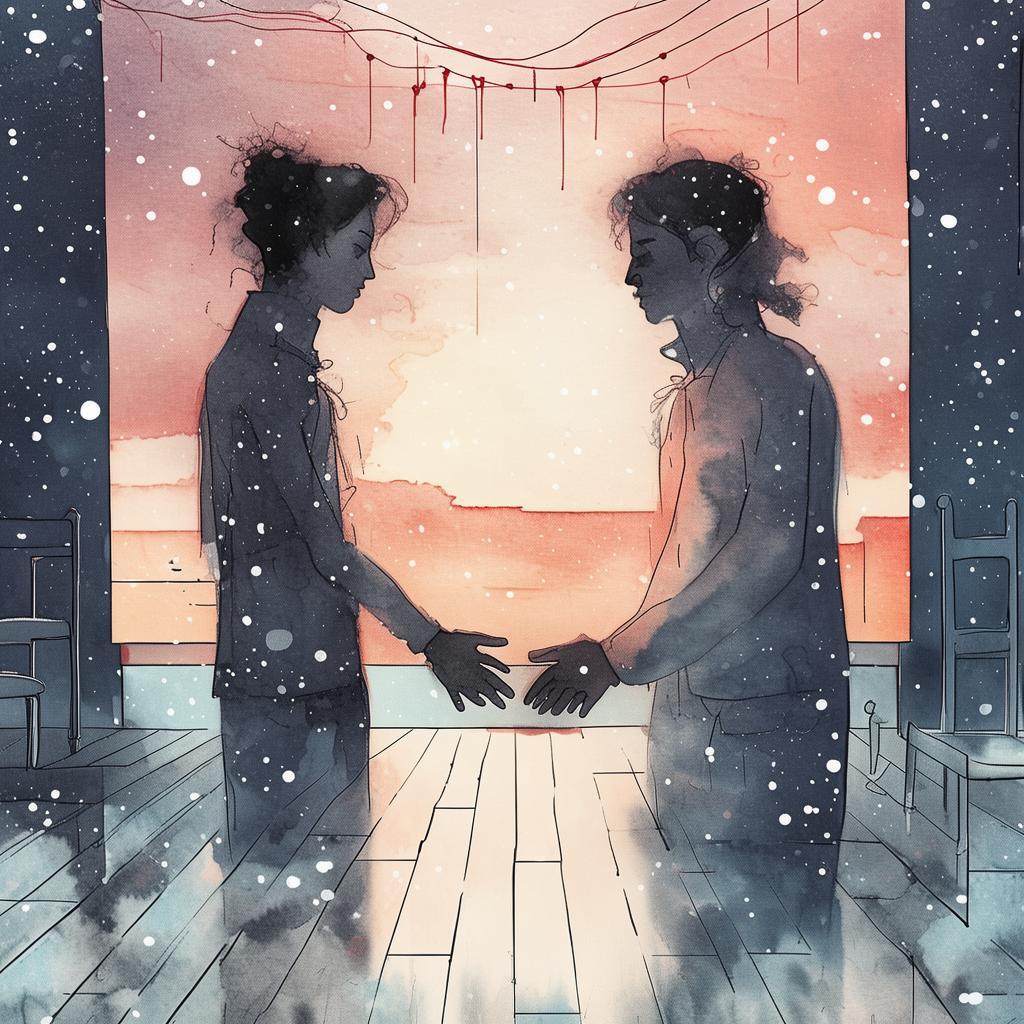
In a moment of clarity, the baron decided to free the harem girls from their captivity. He broke the chains that bound them to his desires and set them free to choose their own paths. The artist, in turn, decided to leave the manor and the city behind, his heart heavy with the weight of what he had seen and the lives he had touched.
The baron, now alone in his manor, began to rebuild his life. He sought to make amends for his past, to become a better man and a more compassionate leader. The artist, on the other hand, continued his journey, his heart filled with a newfound sense of purpose and the knowledge that his art could inspire change.
The tale of the Baroque Baron's Sinful Symphony and the Enigmatic Artist's Lament was one that would echo through the ages, a testament to the power of art, the strength of the human spirit, and the enduring power of love and redemption.
✨ Original Statement ✨
All articles published on this website (including but not limited to text, images, videos, and other content) are original or authorized for reposting and are protected by relevant laws. Without the explicit written permission of this website, no individual or organization may copy, modify, repost, or use the content for commercial purposes.
If you need to quote or cooperate, please contact this site for authorization. We reserve the right to pursue legal responsibility for any unauthorized use.
Hereby declared.


